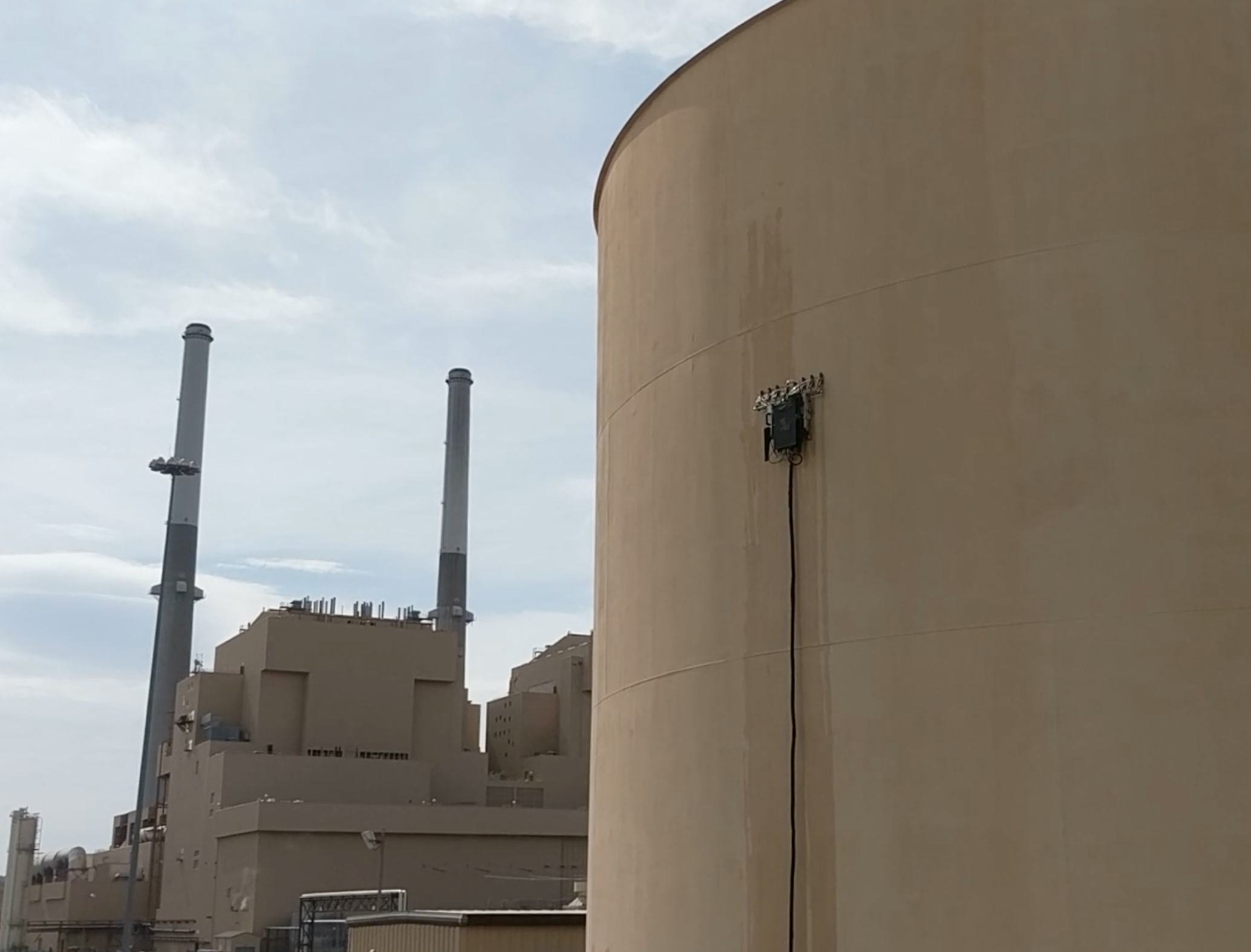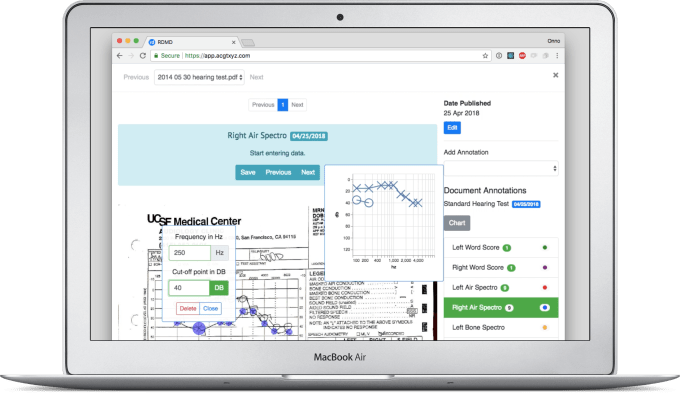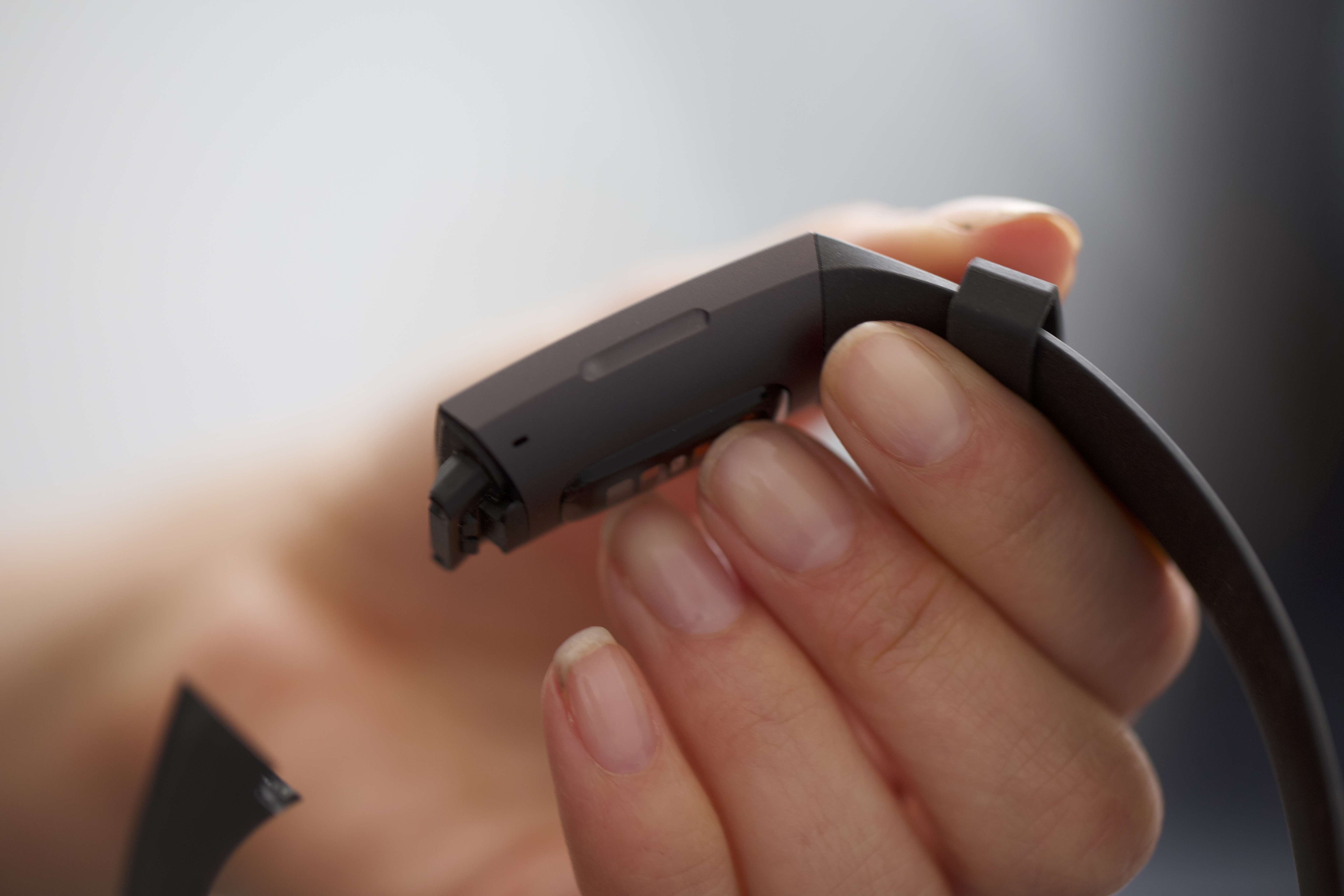Farfetch, the UK-based marketplace for high-end fashion and other luxury goods, has confirmed its plans to go public. According to an F-1 form filed with the SEC, the company plans to list on the New York Stock Exchange under the ticker FTCH.
An IPO for the company has been in the works for some time, and sources had been telling us to expect something this summer. Farfetch has not specified yet how much it plans to raise, but various reports have pegged the listing to come between $6 billion valuation (CNBC), or as high as $8.37 billion after it lists (Pitchbook).
Either number is a huge boost for the startup. For some context, the last publicly disclosed valuation for Farfetch was in 2016 when it raised at a $1.6 billion valuation.
The F-1 lays out some of the numbers behind the company.
As of December 31, 2017, the company said it had nearly 1 million (935,772) active consumers, with that figure growing 43.6 percent over the year. However, customer growth is somewhat slowing: In December 31, 2016, it had 651,674 active consumers, which was up 56.8 percent in the previous year. This makes it, the company says, is the world’s largest marketplace today for luxury goods.
“Farfetch is the leading technology platform for the global luxury fashion industry,” it notes in the prospectus. “We operate the only truly global luxury digital marketplace at scale, seamlessly connecting brands, retailers and consumers. We are redefining how fashion is bought and sold through technology, data and innovation. We were founded ten years ago, and through significant investments in technology, infrastructure, people and relationships, we have become a trusted partner to luxury brands and retailers alike.”
Revenues also are growing strong, albeit again slightly less stronger compared to the year before. In 2017 it was $386.0 million, up 59.4 percent versus 2016; and $242.1 million in 2016, up 70.1 percent versus 2015.
The company says that it made an operating profit of $136.9 million for the first six months of this year (vs $94.4 million the year before in the same period), but it is also making a net loss (after deducting tax etc.): $68.4 million for the first six months of this year, ballooning from $29.3 million in the same period a year before.
On the other hand, gross merchandise value is growing. GMV in 2017 was $909.8 million, 55.3 percent up on 2016. The previous year it grew 53.4 percent ($585.8 million in 2016).
Farfetch was a trailblazer in the area of building e-commerce marketplaces specifically catering to the luxury fashion and other luxury goods industries.
In many cases, it was working with boutiques and fashion houses that had yet to establish any kind of online commerce profile of their own. (“These sellers have been cautious in their adoption of emerging commerce technologies,” as Farfetch puts it.) So by pooling them together, it was able to create a high-end experience that was bolstered by its scale and reach.
It tapped into this market at a time that two new areas of demand were opening up. First, the e-commerce revolution was indeed starting to make its way into the higher end of the market, where even people who potentially had lots of leisure time and money to shop day in, day out, were happy to complement that with digital shopping.
Second, there have been a number of less mature economies on the rise, and that has led to a new wave of wealthy buyers, who may not always be based in the urban centres that many fashion houses and boutiques call their homes. Thus, the Farfetches of the world could come to their well-dressed rescue.
(It’s no surprise that Farfetch’s most recent acquisition and major investment were both out of China to target these specific shoppers.)
Farfetch is not the only one that has capitalised on these trends. Matches Fashion is another company that has built an online emporium for these brands and shoppers. And Threads has turned the website concept on its head by targeting the same people, but eschewing own-brand URLs and apps altogether.
Together, Farfetch and these others are hotly chasing a market that was estimated to be worth $307 billion in 2017 and projected to reach $446 billion by 2025.
We’ll update this post with more detail from the F-1 and any other numbers as we get them.
Update: Correction on number of active customers, to 1 million not 1 billion.





 “Onno and Nancy realized there’s an opportunity to do in rare diseases what Flatiron has done in oncology — to aggregate clinical data from patients, and to leverage that data in clinical trials and other use cases for biotech and pharma” says Shasta partner Nikhil Basu Trivedi. RDMD will be competing against pharma contract research organizations that incur high costs for collecting data the startup gets for free from patients in exchange for its product. Luckily, Flatiron’s exit paved the way for industry acceptance of RDMD’s model.
“Onno and Nancy realized there’s an opportunity to do in rare diseases what Flatiron has done in oncology — to aggregate clinical data from patients, and to leverage that data in clinical trials and other use cases for biotech and pharma” says Shasta partner Nikhil Basu Trivedi. RDMD will be competing against pharma contract research organizations that incur high costs for collecting data the startup gets for free from patients in exchange for its product. Luckily, Flatiron’s exit paved the way for industry acceptance of RDMD’s model.


